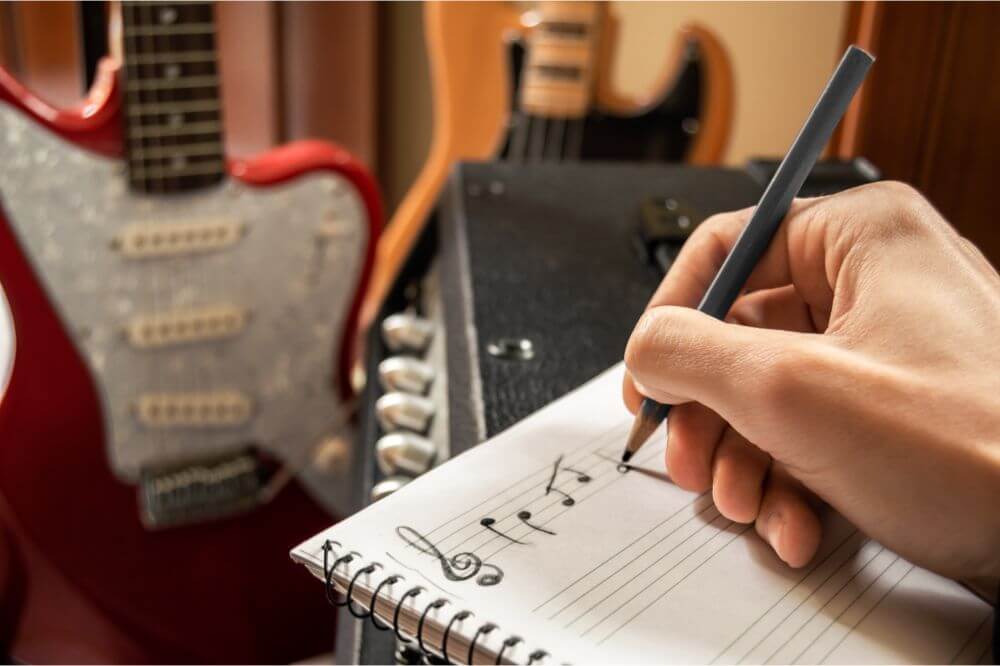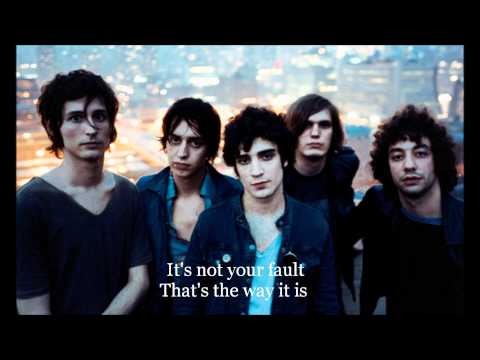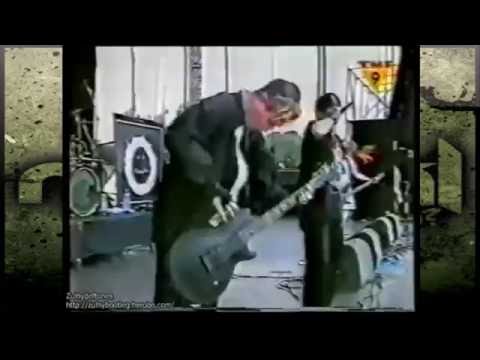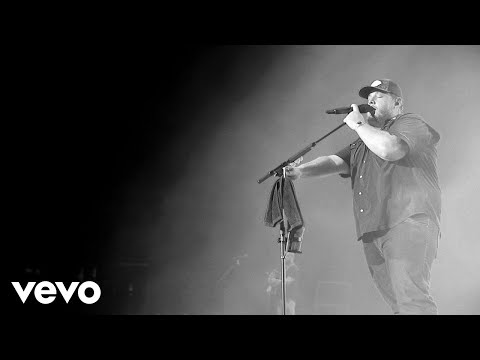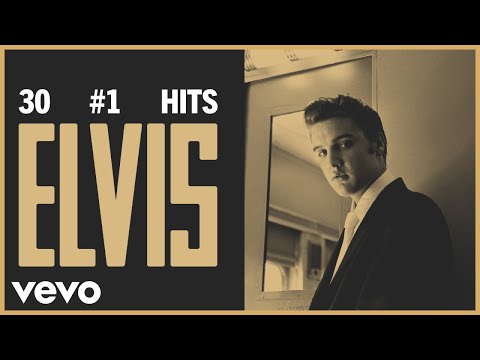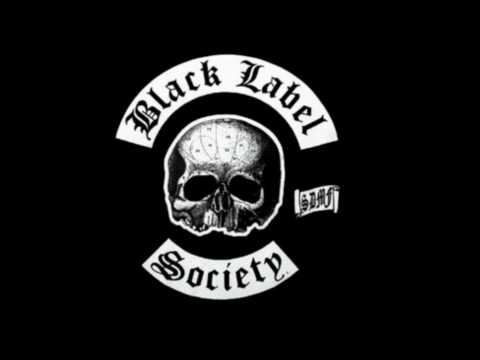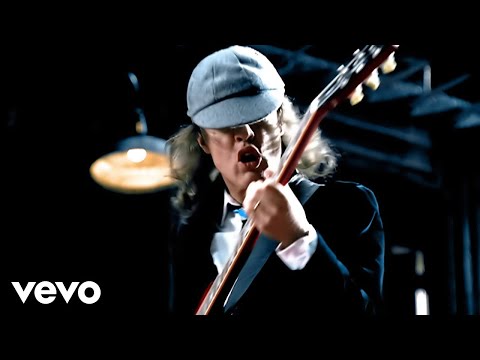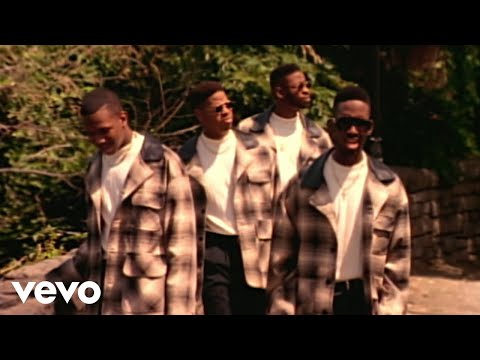If you are learning how to play guitar, understanding guitar tabs or guitar tablature is extremely important. Now, for beginners, this can be extremely confusing. This is due to the fact that when you first start learning about music, you are probably learning from sheet music.
That said, sheet music can be extremely confusing. For this reason, guitar tabs or guitar tablature was invented. Guitar tabs are very commonly used to help teach people how to play the guitar. Most people find reading guitar tablature much easier than having to deal with complex sheet music.
With that being said, to learn guitar from guitar tabs, you first need to know exactly what they are and how they work. This is what we are going to be teaching you today. So, what are guitar tabs, what do they tell you, and how do you read them?
What are Guitar Tabs?
Before we can talk about how to read guitar tabs, we first need to figure out what they actually are. The most basic definition of guitar tablature is that it is a visual representation of the notes featured in a specific piece of music.
Keep in mind, guitar tabs do not look like regular sheet music, but are in fact designed to make life a little bit easier. When you see a guitar tab, you will see six horizontal lines. Each of these lines represents one of the six strings on your guitar.
If you are looking at a guitar tab from the top to the bottom, the top line or top tab represents the high E string, or the thinnest string on your guitar. The lowest line or tab represents your low E string, which is the thickest string.
Guitar tabs, therefore, go from top to bottom, with an order of E, B, G, D, A, E. Keep in mind that this orientation is also exactly how you see the strings on your guitar when you look at it from the top to the bottom.
What you also need to know is that on each line of the tab you are going to see numbers. These numbers are visual representations of all of the frets on your guitar. Of course, the frets are those metal strips that are found on your fret bored.
These frets are generally numbered from 0 to 24, and they start at the nut of the guitar, which is the piece that is closest to the headstock, and then go along the length of your guitar all the way down the body.
For example, if the line displays a 0, it means that you play the string open. However, if the line displays a three, you would play the third fret, and so on and so forth.
As you can see, guitar tabs really are not all that complicated. The six lines represent your six strings, and the numbers on those lines represent the fret you need to play.
Three Numbering Systems of Guitar Tablature
Before we talk about how to read guitar tabs, there are three basic numbering systems that you need to be familiar with.
- The first of these three numbering systems is for the strings of your guitar. The thickest string is the 6th string and the thinnest string is the first string. If you are looking at a guitar tab, this goes from top to bottom, with the thinnest string at the top.
- You then have to know how your fingers are numbered on a guitar tab. Simply put, your index finger is your first finger, and your pinky finger is the fourth finger.
- Finally, there is then the numbering system for your frets. Keep in mind that the frets are numbered starting at the head of the guitar. Therefore, if you are playing right handed, the first fret is the one that is the furthest to your left.

Reading Guitar Tabs: The Basics
Now that you know what guitar tabs are, let’s figure out how to read them. The first thing we need to know here is that just like with any book you read, a guitar tab is read from the left to the right. Moreover, all of the notes that you see on the lines are in chronological order.
The next important thing for you to know is that you need to read guitar tabs vertically as well. For instance, if you see just a single member in a vertical line, it means that you are just playing a single note.
However, if there is more than one number in a vertical line, or in other words various numbers on various lines above each other, then it represents a chord. Keep in mind that a chord is of course played by strumming multiple streams at once.
Most people find that learning how to play guitar chords is much easier when using tabs than standard sheet music. This is because guitar tablature tells you exactly where to place each finger on each fret for every single note and chord.
The Guitar Tab Staff
Something that you need to be familiar with here is the guitar tab staff. Unlike on regular sheet music where the staff represents notes, on a guitar tab, those lines represent the six strings on your guitar. As covered above, this starts with the high E at the top and ends with the low E at the bottom.
Guitar Frets
To read and use guitar tabs, you also need to be familiar with guitar frets. Keep in mind that the majority of guitars will have anywhere between 19 and 24 frets.
Depending on the guitar, each fret is either a half note or a full note from the next. The important thing that you need to know is that when you see a 0 on a guitar tab, it means to play an open string. If you see a number, it indicates the fret that you need to play.
Guitar Tab Chords
The other most important thing for you to know here is that guitar chords do not have any special symbols on guitar tablature. However, when there is more than one note that is displayed in a vertical line, those notes are played together, and this is a chord.
Other Guitar Tab Basics
Guitar tablature also contains a variety of other elements that you need to be familiar with in order to properly read them up. Let’s take a quick look at all of these elements right now.
- Sometimes you will see a marker labeled as P.M. This indicates that you should be palm muting the notes, and the dashes that you see indicate the length of the palm muting.
- If you see an X on a string, it means that it is a muted note. You will use either your left or right hand to mute send note.
- If you see a curved arrow either pointed upwards or downwards, it indicates that you are supposed to bend the string. How far you are supposed to bend the string will also be indicated.
- If you see a fret number, a line, and then another fret number, this indicates that you are supposed to slide. If you are sliding from a higher pitch to a lower pitch, that arrow will be pointed downwards, and vice versa.
- An arc or a slur between two or more consecutive notes, it means that there are pull-offs or hammer-ons present.
- A squiggly line over a note, it indicates that you are supposed to be playing vibrato.
Guitar Tabs – Final Thoughts
As you can see, guitar tabs really are not very difficult to master. They certainly make learning the guitar much easier when compared to standard sheet music.
